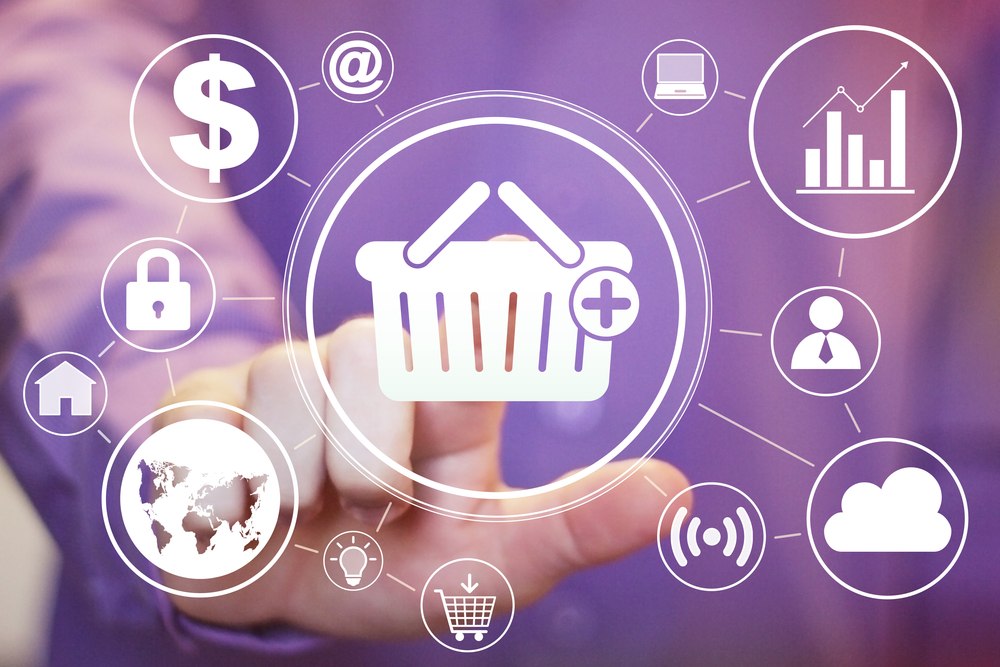In the age of Amazon and Uber, tech companies are moving e-commerce pricing strategies into a new era. Pricing is a sink or swim for retailers and only by replacing gut-feel pricing decisions with a machine learning led strategy will the weak be separated from the strong in what has become a ferociously competitive market.
Being able to find that perfect balance between the number of sales and the price to deliver the greatest return is a core issue for every business. According to a 2010 study by Rafi Mohammed, a 1% change in price on average leads to an 11% change in profit margin.
Businesses have to take into consideration a multitude of data and factors, including how much the customer is willing to pay. If businesses get this wrong, the losses can be costly.
>See also: AI-powered e-commerce optimisation
Putting science into pricing decisions allows e-commerce retailers to set the optimum price for individual items and understand the effects price changes have on sales.
In the cut-throat world of retail, where success comes down to fine margins, applying cutting-edge machine learning algorithms to thousands of automated daily price updates allows e-commerce retailers to find the balance between the number of sales and the price that generates the most profit.
Back to the drawing board
Recent research conducted into attitudes towards product pricing found that millennials are more accepting of changes in prices in a world where Amazon and Uber are leading the field. Technology has shifted consumers’ behaviour, handing control back to them.
Inevitably during a heat wave, the demand for ice cream, soft drinks, paddling pools and sun cream rises. The research found that people in the UK are happier paying more for items such as these during a heat wave.
More than 80% of millennials – verses 40% of over 55s – said they are happy to pay nearly 5% more for ice cream and cold drinks during a heat wave.
The study also found that 50% of people in the UK look at price comparison websites – part of our price-conscious nation, illustrated by the current price wars in the supermarkets.
Pricing that is influenced by demand and what customers are willing to pay is as old as trading itself. Once, customers haggled for everything. One hundred years ago, pricing was based on the individual bartering for an individual item, at a specific time. Pricing was based on the price that could be achieved at that time and how much a customer was willing to pay – consumers had the control.
Then, Frank W. Woolworth founder of F.W. Woolworth Company and ‘Five-and-Dimes’ started buying directly from manufacturers and fixing prices. This practice has been the status quo for a century, but new technology advances are disrupting this and bringing us back to the future of shopping.
Getting the balancing act right
It is crucial for e-commerce retailers to ensure that they set the optimum price for individual items and understand the significant effects price changes can have on sales.
This is where technology can play a big role. Gone are the days of manually tracking, measuring and altering pricing. By applying cutting-edge machine learning algorithms to thousands of automated daily price updates, software-as-a-service (SaaS) offerings are able to find the right balance between the number of sales and the price that generates the most profit.
SaaS products mean low maintenance effort and fast activation. Once data is sent to a pricing solution, it can be automated to experiment, tune, optimise and deliver individualised price updates based on the sales needed to generate the most profit.
>See also: Why do retailers still not see mobile commerce as a priority?
Retailers have access to accurate information to be able to offer everyday low prices to their customers. This is particularly important for grocery retailers where products have limited sell by dates. Retailers mark these products down to minimise ‘margin erosion’, but machine-learning algorithms can provide information around optimising the mark down prices to maximise margins.
Once you have that ‘nirvana’ price balance, retailers can begin to maximise profits by monitoring internal data (sales history, real-time demand) and external data (weather, public holidays, school holidays, competitor pricing) leading to the optimal price point for any product.
But, of course, nothing stays the same forever, and changes in customer demand are no exception. Changes in pricing have a direct consequence on customer behaviour. Continuous, rigorous tests and measures of the response to price changes by analysing interactions between that price change and subsequent changes in demand are a must.
However, the problem lies in the fact that most companies today lack the software required to approach pricing strategically and automatically, instead relying on a number of methods that have limited value. Automated technology systems can deliver strategic advantage to e-commerce retailers by removing the unscientific approach of gut-feel.
Sourced from Rakesh Harji, UK MD, Blue Yonder










